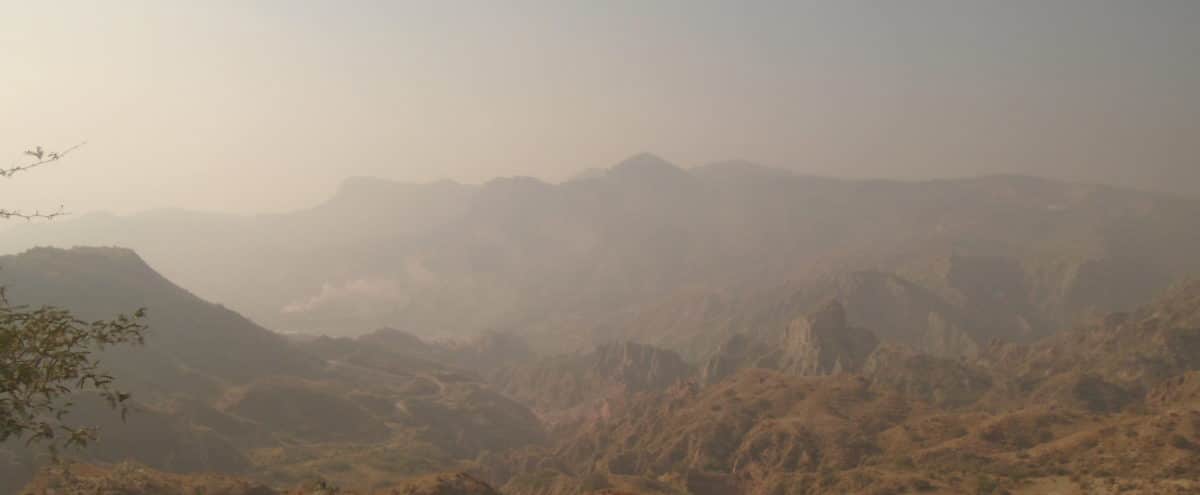The following is the transcript from this week’s Better UTAH Beat that aired on January 22, 2013.
——-
Last week Northern Utahns experienced a string of bad air days that left many coughing and wheezing, unable to go outdoors. Such symptoms and restrictions are usually limited to the very old and very young, but on red air days, even the healthy are encouraged to stay indoors.
Red air days occur when the Air Quality Index (or AQI) is between 151 and 200. The AQI is determined by a variety of factors, including the amount of ozone, particle pollution, carbon monoxide, and sulfur dioxide that is in the air. In Utah, particle pollution is what catches most of our attention and contributes to what is often called inversion: the brownish-greyish gunk that hovers just below the mountain tops and fills the valley with unbreathable air. Our biggest culprit is called PM 2.5, or particulate matter that is equal to or less than 2.5 micrometers in diameter. A micrometer is one-millionth of a meter. To put that in perspective, human hair is about 100 micrometers in diameter. These tiny particles come from car exhaust, fireplaces and woodburning stoves, and power plants and industrial plants. And on red air days, we breathe them in with abandon.
Several organizations are working in isolation to resolve this problem. Utah’s Moms for Clean Air is one such organization that has been pushing for clean air reforms. Founder Cherise Udell has likened our air pollution to a “community-wide smoking habit.” The comparison is more than apt: The air we breathe contributes to death, yet we refuse to take the sort of large-scale precautions that would eliminate that threat. With our leaders unwilling to take the issue head-on, more groups like Mom’s for Clean Air will need to step up.
But widespread coalition building is yet to occur. Such coalitions are necessary because our government leaders are slow to take on this problem. Many in the state legislature would prefer to insulate from much-needed regulation many of our biggest polluters: steel manufacturers, power plants, and oil refineries. But industry makes up only 37% of the pollution we see here in the Northern Valleys. Our cars and trucks make up the bulk of the air pollution, at 55%. A comprehensive solution to the problem of air quality will need to address both of these areas. The good news, is that doing so is financially appealing.
Brigham Young University economist C. Arden Pope, perhaps one of the world’s leading experts on the economics of pollution, has argued that every dollar spent on reducing air pollution brings in a savings of 10 dollars. This suggests that reducing pollution could be an economic windfall for Utah. Indeed, members of the legislature should be considering ways in which Utah could lead the nation in creating technologies that limit the negative effects many of our industries have on the air we breath.
Thankfully, a new storm system pushed through at the end of last week, clearing out the gunk many of us had been breathing since Christmas. But waiting for a winter snowstorm–especially with global climate projections that suggest drastically reduced snowfall–isn’t a very practical way of dealing with the problem of dirty air in Northern Utah. Waiting for the weather to take care of human-caused problems will only exacerbate the extent of those problems.
What makes living in the beautiful valleys along the Wasatch Front so appealing–tall mountains, snowy benches, beautiful recreational opportunities–are the very thing that make the air so dangerous during the Winter. However, Utahns shouldn’t accept that December, January, and February–fully one quarter of our year–need be marked by an unhealthy quality of life.
There’s no reason that the beginning and ending of the year can’t be as beautiful as every month that comes in between. We urge Utahns from all over the state, not just those who live in the Northern Valleys, to contact their legislators and tell them: Please help us clean up our air.

